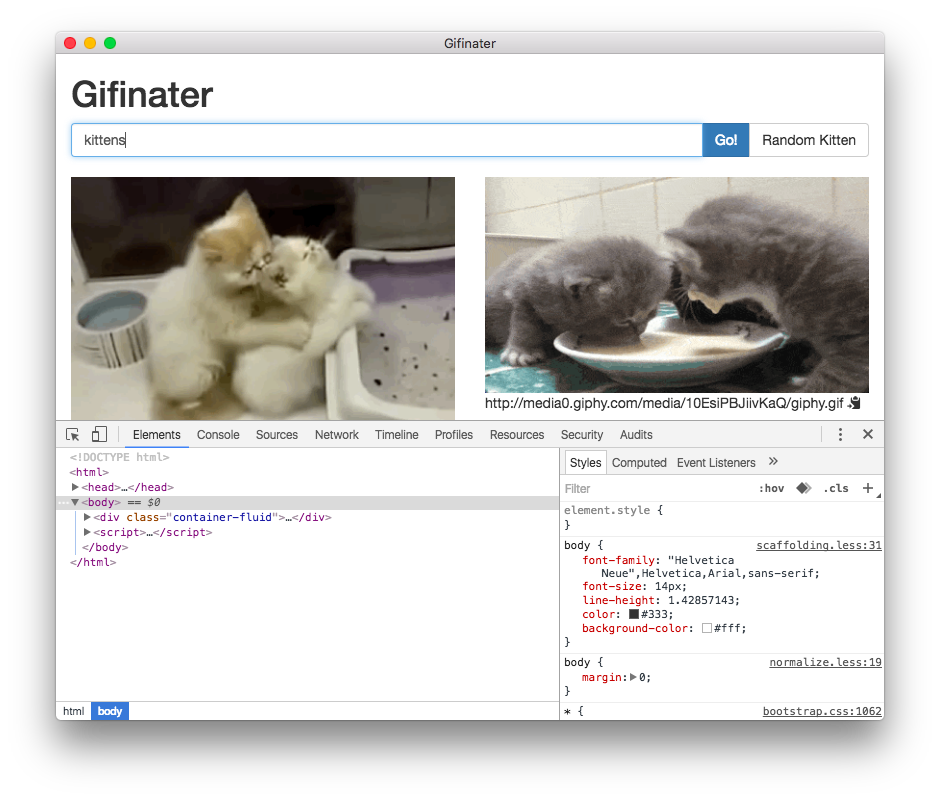Learning with Electron
Continuous Learning
In the world of software development it often seems like if you aren’t learning something new you’re falling behind. While this isn’t entirely true (I’m sure C developers will still have jobs in 20 years) there’s something to be said for trying to learn new things throughout your career regardless of what path you want to take. In light of this I recently set out to teach myself the basics of JavaScript. I’ve been working at Spiceworks for over a year now which is primarily a web development shop and I still hadn’t written more than 10 lines of JavaScript. This is largely because I do backend infrastructure work but I decided I should still be literate in JavaScript to be a more flexible developer.
Electron
This brings me to Electron. Electron is the framework which the popular text editor Atom and the desktop client for Slack are built on. At its most simple level it ties together Nope and Chromium to be able to run HTML, JavaScript, and CSS applications as native desktop applications. It also handles the abstractions of running on Mac, Linux, and Windows so the developer get’s to focus on creating the application and not writing adapters for all the different OS’s. And it has good Documentation to boot! But that’s enough about Electron, here’s why I think it would make a great learning platform.
Learning
First let me discuss a little bit about how and why I decided to learn JavaScript by building an app on Electron. First I wanted to make a desktop client for searching GIFs because it sounded like a fun thing to do and we use a lot of GIFs in chat at work. Furthermore Electron is completely JavaScript, CSS, and HTML which are all things I wanted to get more practice with. The app I built is called Gifinater and can be found on my Github. Perhaps I’ll write a blog post about it at a later date.

Now for why Electron can make a great platform for learning JavaScript. First off everything can be set up to run out of the box. I started with the Electron Quick Start but as a learning tool it could be configured to easily boot up with a skeleton meant for the students to fill out. Furthermore since it works across platforms it can still be an effective teaching tool where student’s machines will be heterogenous. A prebuilt testing framework could also be set up with Jasmine, allowing for automated testing of the students work or submissions. This ease of configuration would cut down on set up time which seems to often eat into lab time and take up valuable learning time. Finally the skills learned from Electron are easily transferable. Since Electron is basically just Chromium plus Node.js anything learned while working on Electron could easily be transferred to frontend web development or backend work on a Node.js server.